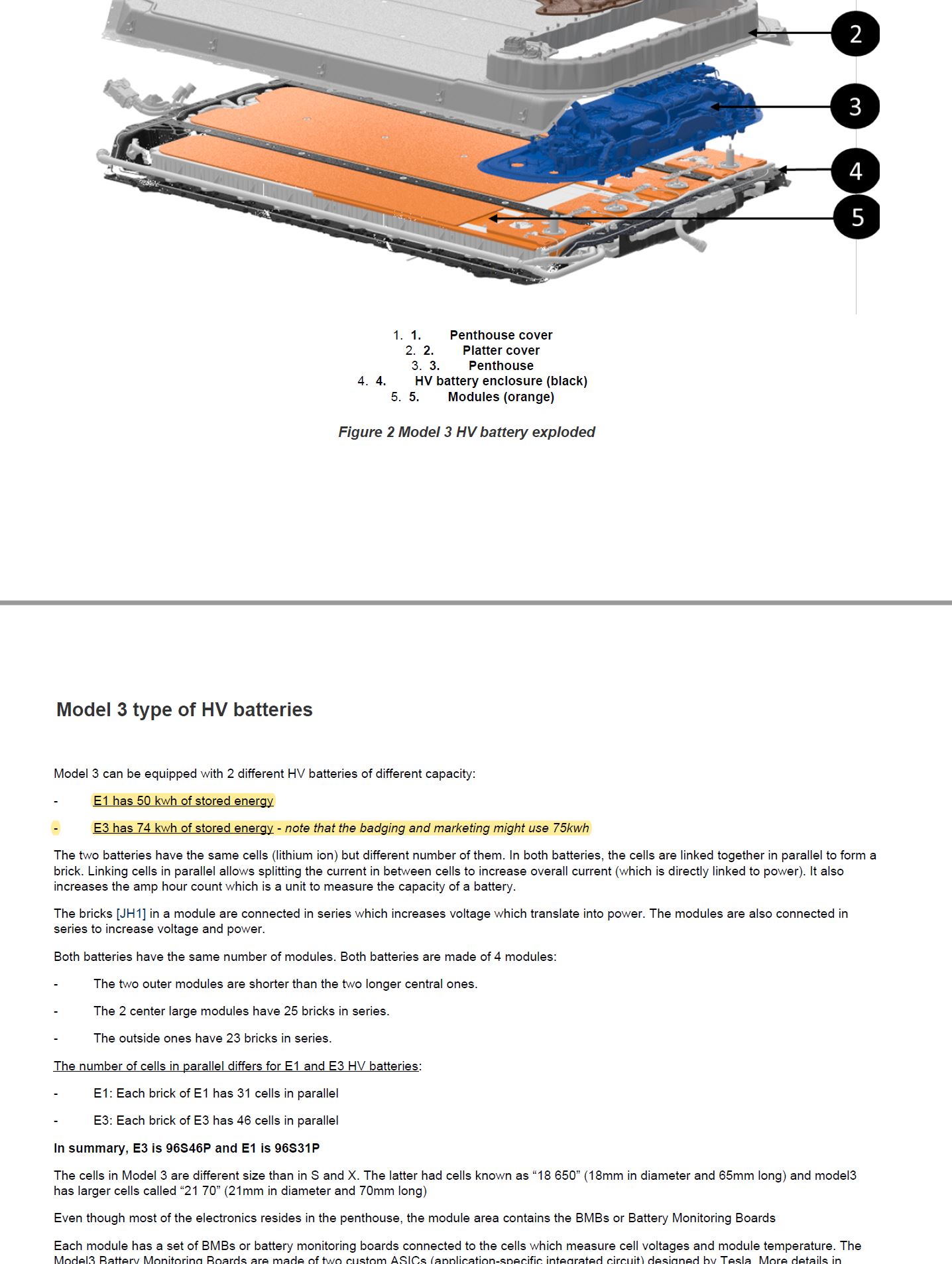For those of us with 85 packs -- who aren't electrical engineers -- can
@wk057 give us the layman version of the data?
Specifically, I've been concerned about a few stories of pre-AP 85s displaying miles above zero, some as high as 20ish, and dropping dead with no warning. I've adjusted my trip computing to increase my buffer accordingly, but obviously that affects range, charging time, etc. How is that explained with regards to the "kludge" buffer, etc.?
After nearly 5 years, I've noticed that the last few times I've attempted to full charge (or did successfully) the car would initially estimate something like "5 minutes remaining" then revert to a simple "charging" status FOR HOURS afterwards, while continuing to draw current.
My assumption has been that years of daily drives between 60-80% just threw off the algorithm and therefore my car's rated range would be reported inaccurately. This gives me some peace of mind re: degradation at the top (oh, it's reading lower than new because it's just off) but also less peace of mind regarding degradation at the bottom (oh, it says 40 miles remaining but it might go dark at 20 and surprise me).
If it's rebalancing/calibrating constantly.... then how trustworthy is the reported state of the battery at the top/bottom?
Don't need to get buried in the electrical details, just need an user's understanding of what my car is telling me (or not). Thanks!
I'd posted some screenshots of the charging behavior here:
Tesla Pittsburgh on Twitter
And here:
Tesla Pittsburgh on Twitter




